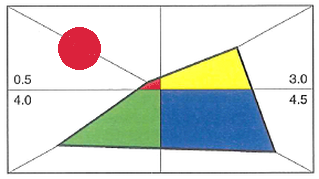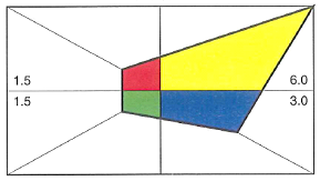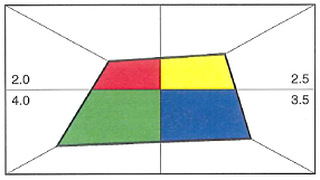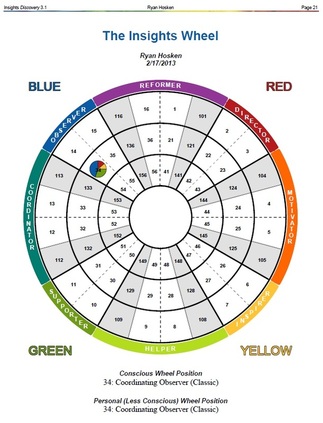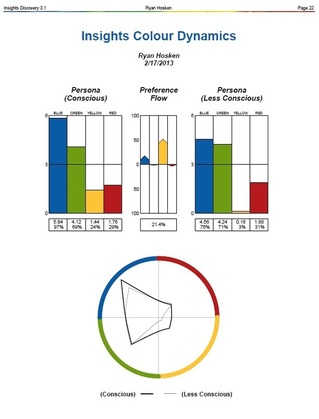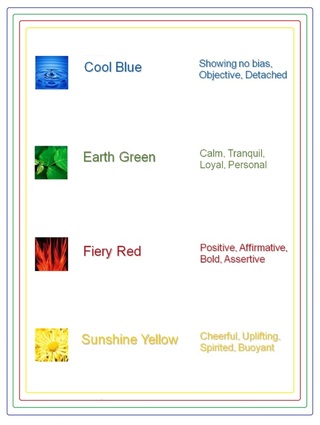Methodology
Primary methodology for change has been to engage in long-term, complex projects requiring immersion in one or more roles within an organization. These placements typically last from two to five years with options for ongoing project management or process review as a consultant.
Agenda may be determined in advance, developed in situ, or a combination of both as needs evolve. Direct observation of key elements and ongoing evaluation of stakeholders is often essential for meaningful change. During tenure in a position, projects and teams may be evaluated in great detail utilizing advanced personality profiling, clinical counseling, and standardized performance tools. Regular communication with the executive team is recommended.
Vendor contracts are considerably shorter, typically three to six months in duration, and focus on refining already defined processes or team development. These consultations may or may not not require placement within an organization.
Personalysis and Insights systems warrant a deeper review for inclusion in future endeavors as do the PMAI (Pearson-Marr Archetype Indicator) and OTCI (Organization and Team Culture Indicator) instruments. Similar reviews are in progress for other Myers-Briggs-based evaluation tools. Current assessments rely heavily on Jungian Typologies and Applied Jungian Archetypology.
Agenda may be determined in advance, developed in situ, or a combination of both as needs evolve. Direct observation of key elements and ongoing evaluation of stakeholders is often essential for meaningful change. During tenure in a position, projects and teams may be evaluated in great detail utilizing advanced personality profiling, clinical counseling, and standardized performance tools. Regular communication with the executive team is recommended.
Vendor contracts are considerably shorter, typically three to six months in duration, and focus on refining already defined processes or team development. These consultations may or may not not require placement within an organization.
Personalysis and Insights systems warrant a deeper review for inclusion in future endeavors as do the PMAI (Pearson-Marr Archetype Indicator) and OTCI (Organization and Team Culture Indicator) instruments. Similar reviews are in progress for other Myers-Briggs-based evaluation tools. Current assessments rely heavily on Jungian Typologies and Applied Jungian Archetypology.
Personalysis
|
Preferred Style
Ryan likes information-oriented roles. Enjoys organizing and communicating knowledge, developing plans, and providing a service. In approach, is deliberate and thoughtful, disciplined, and pleasant. When leading, encourages others to be self-directed, structures activities and monitors what happens. Develops ideas and solves organizational problems to get things done. Can be frustrated by those who cannot suppress annoyance when waiting. |
RationalThe red dot represents impulsiveness, an area suppressed by rationality.
|
Socialized |
Communication Expectations
Ryan encourages leaders and others to solicit ideas and discuss options before making decisions. Feels that leaders should encourage participation and listen to suggestions, but are not held to align with ideas if circumstances warrant alternate actions. Prefers to be kept in the loop and have a say. Generally supportive and service-oriented. To overcome problems, looks at the big picture and seeks input from others. |
|
Motivational Needs
Ryan holds himself accountable and evaluates issues before acting. Motivated to understand reasons behind whatever is presented. In making decisions, assesses the positives and the negatives and looks for ways to budget and save resources. Under pressure, slows decision time and becomes more precise to increase certitude. Self-confidence is increased with control of knowledge base. Frustrated by loss of freedom and order. |
Instinctive |
Insights
|
Ryan's Key Strengths
This section identifies the key strengths which Ryan brings to the organization. Ryan has abilities, skills and attributes in other areas, but the statements below are likely to be some of the fundamental gifts he has to offer. Sets high standards for himself and others. Neat, tidy, and thorough. His word is his bond. Analytical. Well organized. Self-reliant. Understands underlying principles. Pays great attention to detail. Rarely accepts second best. Good powers of observation and concentration. |
|
Value to the Team
Each person brings a unique set of gifts, attributes, and expectations to the environment in which they operate. Add to this list any other experiences, skills, or other attributes which Ryan brings, and make the most important items on the list available to other team members. As a team member, Ryan: Is the force for stability. May provide team numeracy, literacy, or technical structure. Seeks and provides attention to detail. Is known as a good administrator. Ensures reflection, analysis, and precision. Helps ensure consistency in team output. Encourages accuracy and quality. Adapts in performing his role and responsibilities. Encourages a strong work ethic. Tackles problem solving in a systematic way. |
Dynamics |
Types
|
Possible Weaknesses
Jung said, “wisdom accepts that all things have two sides.” It has also been said that a weakness is simply an overused strength. Ryan's responses to the Evaluator have suggested these areas as possible weaknesses. Can be uncooperative or inflexible if asked to compromise integrity or ethics. May be slow to make decisions through desire for further analysis and alternatives. Tendency to over-analyze before acting. May appear unsociable when focused. Has difficulty in sharing concerns and reservations except with close and trusted peers. Prefers to avoid high risk solutions. |
